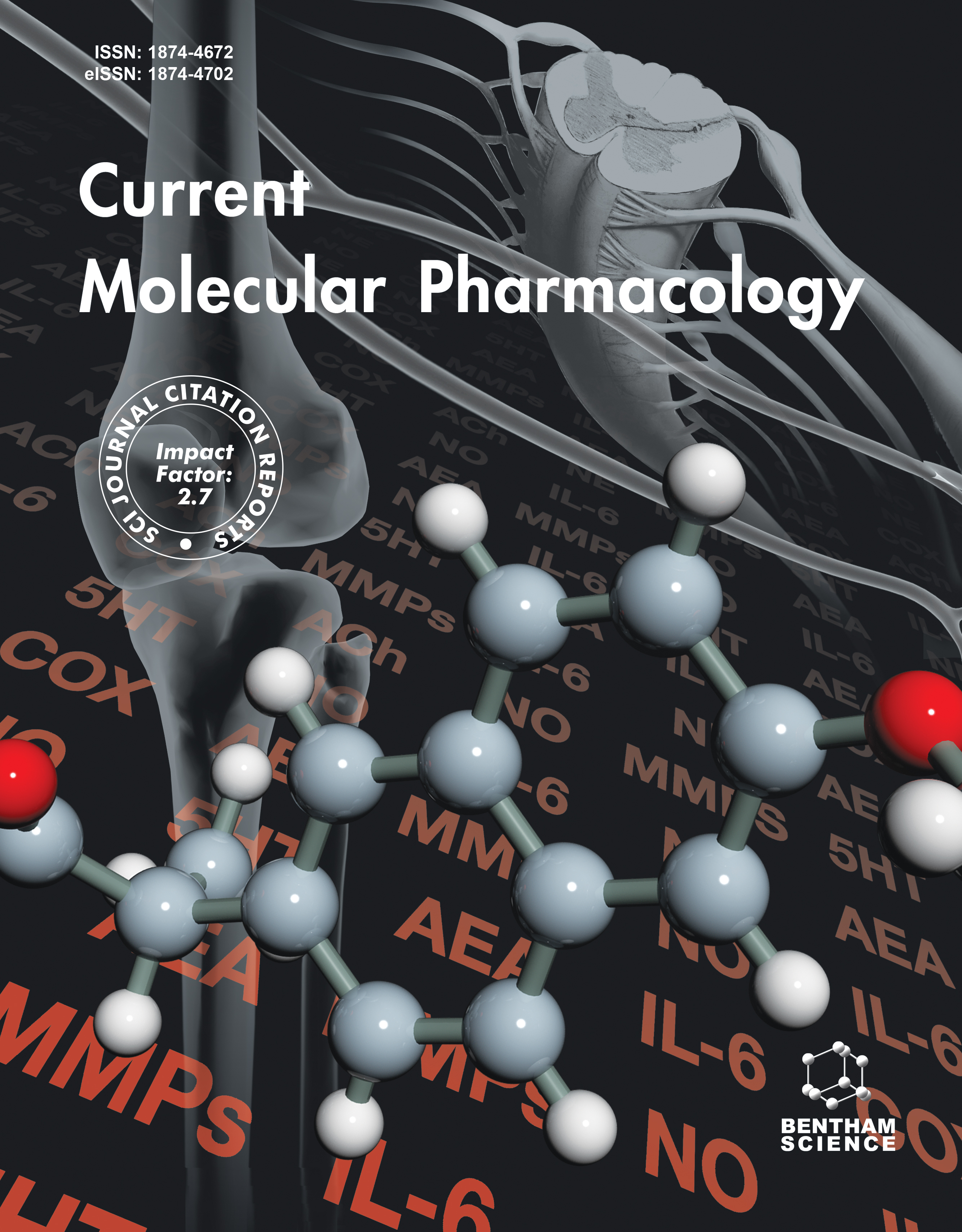-
oa Editorial [Hot Topic: Evidence and Significance of Non-Targeted Effects of Ionizing Radiation (Guest Editor: Nobuyuki Hamada)]
- Source: Current Molecular Pharmacology, Volume 4, Issue 2, Jun 2011, p. 78 - 78
-
- 01 Jun 2011
Abstract
Ionizing radiation has been indispensable to medical diagnosis and cancer therapy. Humans are also daily exposed to natural background low-level radiation. Despite a century having passed since the discovery of X-rays, the biological mechanism of radiation action remains incompletely understood. Over the last half-century, a central tenet in radiation biology has been that the nuclear DNA is the quintessential ‘target’ for the biological action of radiation. Accordingly, it has long been presumed that no effect would be expected in cells whose nucleus receives no radiation traversal; however, this dogma has been challenged by the recent observation of induced biological effects that are independent of nuclear irradiation. This phenomenon has been termed ‘non-targeted’ effects, which include radiation- induced bystander effects and genomic instability. On one hand, the former can be defined as the occurrence of biological effects in non-irradiated ‘bystander’ cells resulting from radiation exposure of other cells. On the other hand, the latter can be described as the delayed biological effects arising in the progeny cells surviving irradiation at many generations after the initial insult of the parental cell. Intriguingly, recent studies have documented that whereas the progeny of bystander cells manifest genomic instability, the progeny of irradiated cells cause the bystander effects in non-irradiated cells. Such interrelation between the bystander effects and genomic instability highlights that radiation signals can be spatiotemporally propagated over time through persistent non-targeted responses. Though there is mounting in vitro and in vivo evidence for non-targeted effects, its significance has been the subject of debate. This ‘Hot-Topic’ issue provides a forum to grasp the current knowledge on the non-targeted effects, and propose its significance. Nobuyuki Hamada et al. overview the manifestations of the bystander effects in vitro, in vivo and in humans. Their cellular and molecular underpinnings are then mentioned, especially focusing on the intercellular signaling from irradiated to bystander cells, and its downstream intracellular signaling in bystander cells. They also discuss the potential contribution of the bystander effects to cancer radiotherapy. Tom K. Hei et al. describe the molecular mechanisms of non-targeted effects with particular emphasis on nuclear factor κB dependent gene expression, and discuss the potential clinical implication of non-targeted effects in the induction of secondary cancer arising from radiation therapy of primary tumors. Astronauts are exposed to energetic heavy-ion radiation at low fluence during long-term space missions, but there is a lack of clear knowledge about space radiation-induced biological effects. Here, Edouard I. Azzam and his colleagues conducted the localized cranial heavy-ion irradiation of rats with the rest of the body shielded. They demonstrate that the non-targeted liver exhibits the elevated levels of key proteins involved in cellular defense mechanisms (e.g., antioxidation), but the decreased levels of those in fatty acid metabolism. Olga Kovalchuk and her colleagues have carried out a series of studies that address the in vivo epigenetic bystander effects and transgenetrational genomic instability in mouse or rat models. They here report the induction of DNA damage and altered DNA methylation in the non-targeted testis tissue of mice whose head was irradiated. A prior low-dose or low-dose-rate irradiation is known to mitigate the stressful biological effects of high-dose ‘challenging’ irradiation. Hideki Matsumoto et al. stress that such adaptive responses are interrelated with the bystander effects where reactive nitrogen species act as likely common initiators. Finally, William F. Morgan argues that non-targeted effects are a tissue-level response to restore equilibrium within an organ system, and discusses its potential implications for radiation carcinogenesis. I believe that this issue gives timely in-depth overviews to the readers and will contribute to progress in this important research area. A mechanistic understanding of the non-targeted effects should provide insights into cancer radiotherapy, and the more general biological response to external stress other than radiation. Last but not least, I am grateful to Dr. Nouri Neamati, an Editor-in-Chief of Current Molecular Pharmacology for the invitation to edit this issue, to the distinguished authors for their invaluable contributions, and to the expert referees for their cooperation and dedication.


